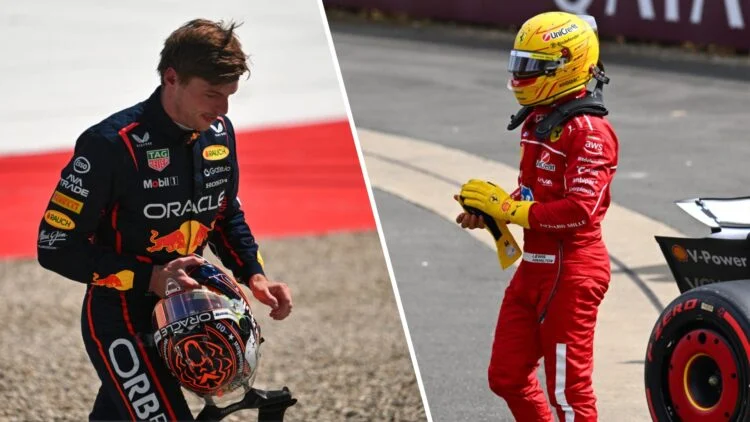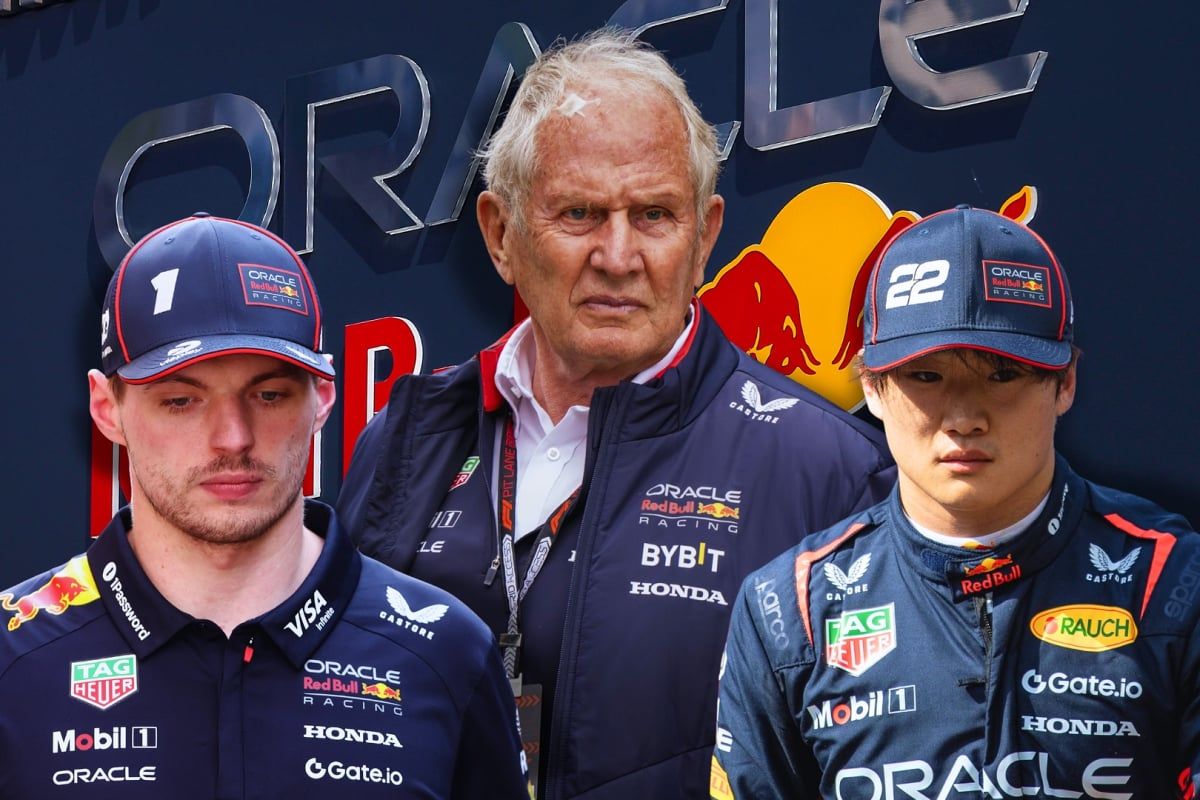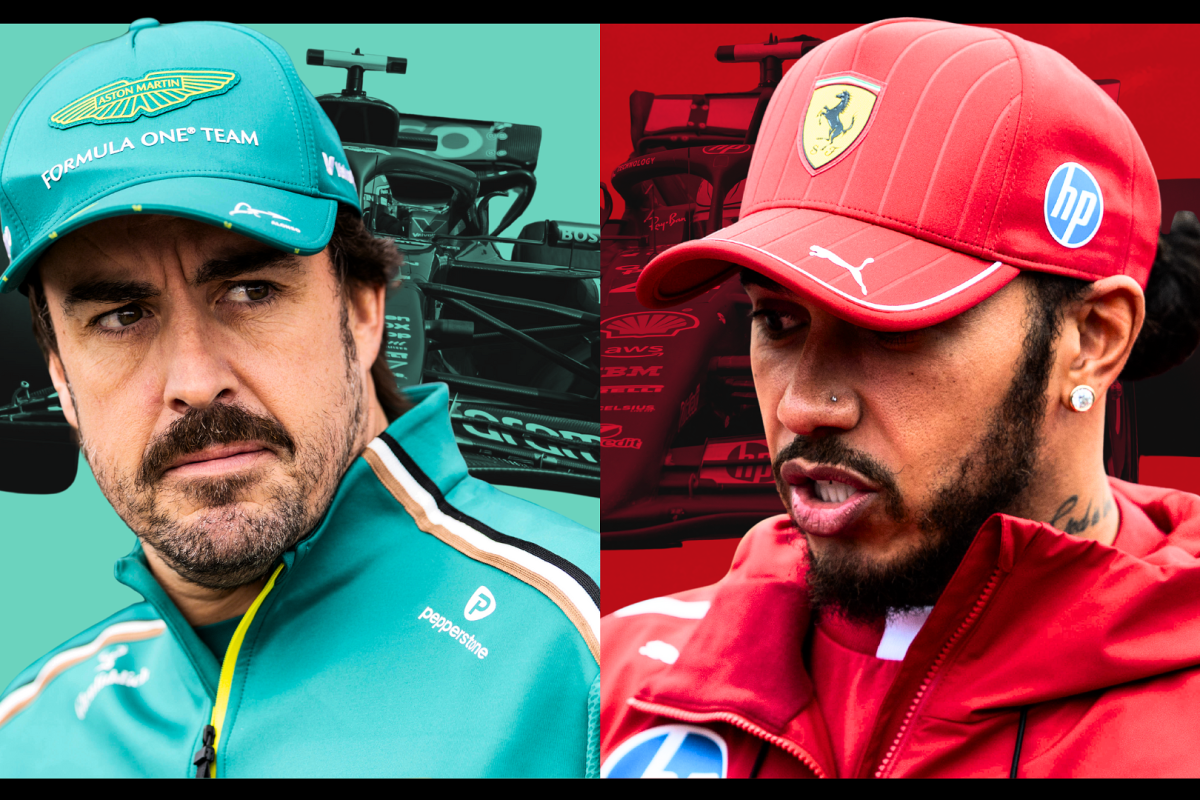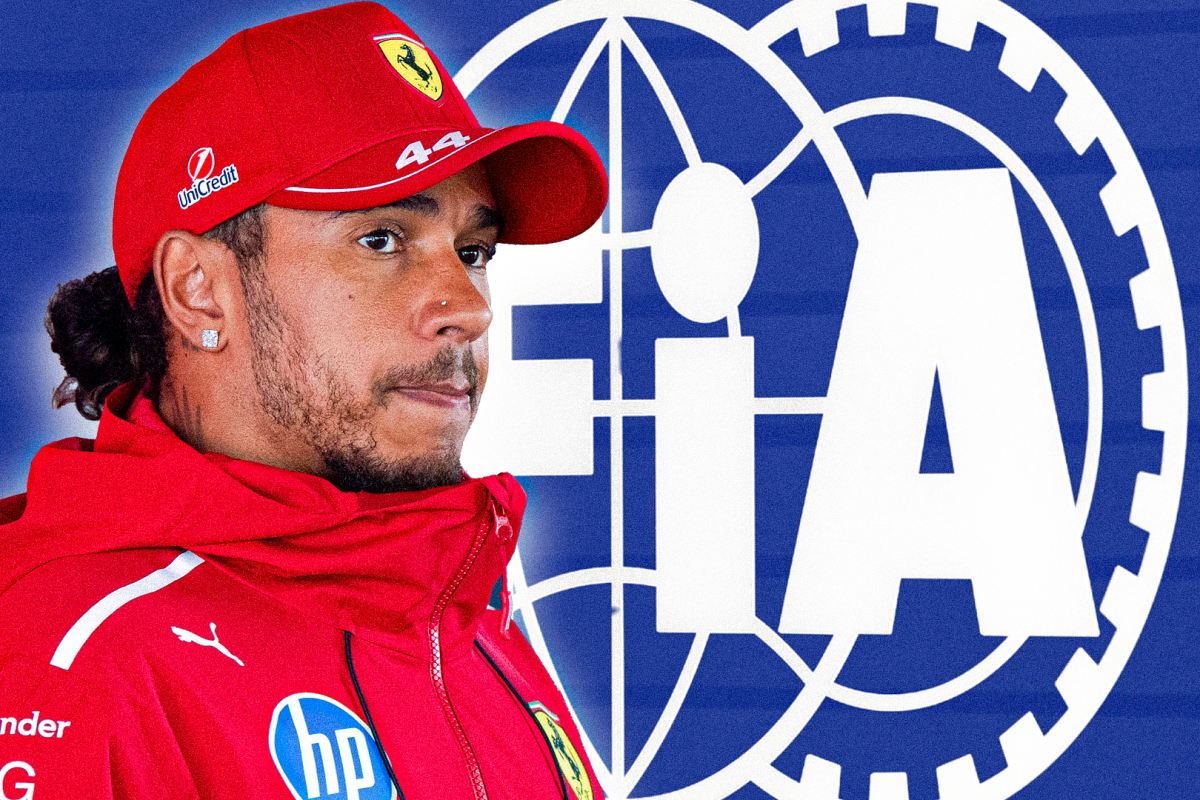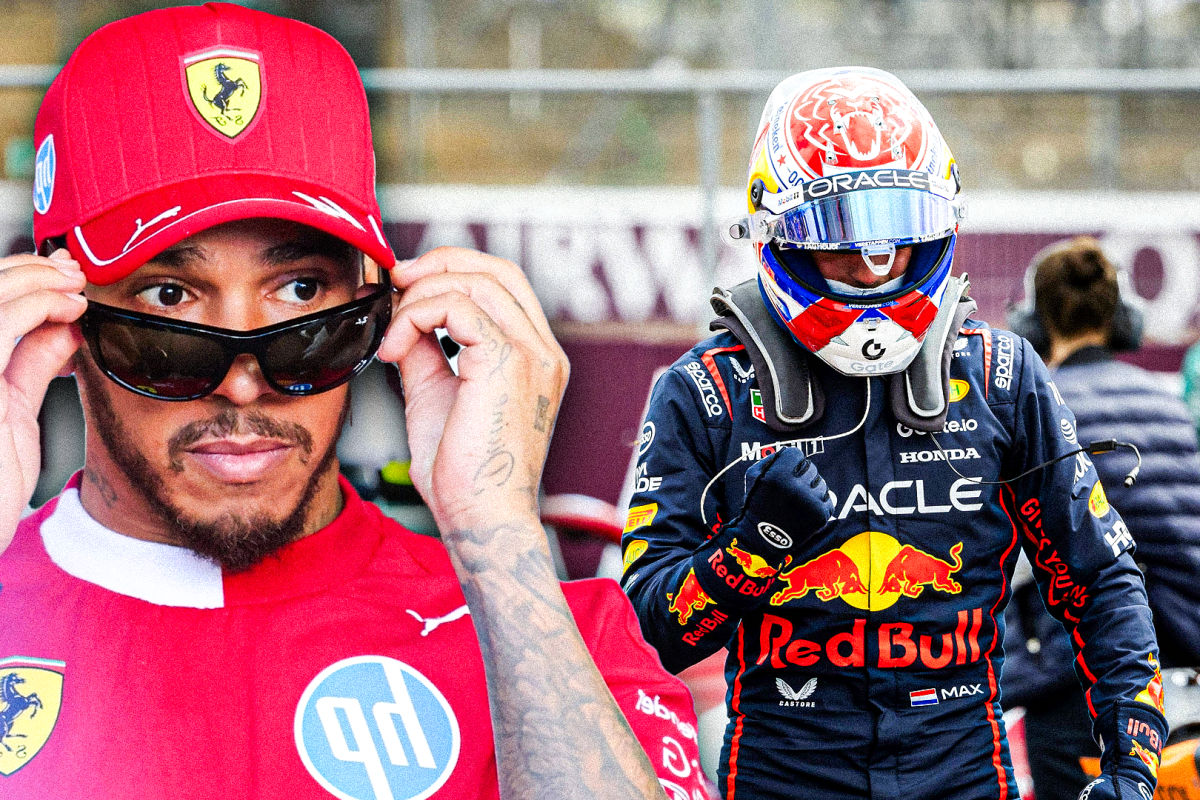Max Verstappen has privately complained about the same issue that’s affecting Lewis H… read more
The whispers have turned into a murmur, and the murmur is threatening to become a roar. While publicly both drivers maintain a professional facade, sources close to Red Bull Racing and Mercedes have confirmed that Max Verstappen and Lewis Hamilton, two titans of Formula 1, are privately voicing concerns about remarkably similar issues impacting their respective teams’ performances: a lack of seamless integration between driver feedback and engineering solutions within the teams’ complex aerodynamic and chassis development processes. This shared frustration, though expressed in different ways and through different channels, points to a systemic challenge within the sport, one that even the most dominant drivers and teams are struggling to overcome.
Verstappen, known for his blunt feedback and unwavering demand for perfection, has reportedly expressed increasing dissatisfaction behind closed doors regarding the responsiveness of Red Bull’s engineering department to his detailed driving input. While Red Bull has consistently delivered a championship-winning car, sources suggest Verstappen believes crucial development pathways are being missed due to a disconnect between the data generated by sophisticated telemetry and his qualitative on-track experience. He’s allegedly argued that certain car setup changes, seemingly logically supported by data, fail to translate into the anticipated performance gain in real-world conditions. This points to a critical oversight in the interpretation and application of data, potentially overlooking subtle nuances only a driver of Verstappen’s caliber can perceive and articulate. The challenge, therefore, extends beyond simply gathering and analyzing data; it requires a sophisticated process of translating that data into practical, on-track improvements that meet the driver’s expectations.
The parallels with Lewis Hamilton’s reported frustrations at Ferrari (though he is not driving for them) are striking. While the specifics of Hamilton’s concerns remain largely confidential – respecting the contractual and competitive sensitivities involved – reports suggest a similar theme: a perceived lack of agility in responding to driver feedback, especially concerning the car’s balance and aerodynamic characteristics. Hamilton, known for his meticulous attention to detail and profound understanding of car setup, reportedly feels his insights aren’t consistently incorporated into the development process with the speed and effectiveness required at the highest level of F1 competition. The subtle differences in Ferrari’s car setup and Red Bull’s are significant, yet the underlying problem resonates: a failure to fully harness the expertise of the driver as a crucial component of the development cycle.
The issue, however, transcends individual driver complaints. It highlights a crucial challenge faced by top teams in the ever-evolving landscape of Formula 1 technology. The sheer complexity of modern F1 cars, with their intricate aerodynamic packages, sophisticated power units, and complex tire management strategies, creates a vast amount of data. Efficiently sifting through this data, identifying key trends, and translating them into tangible on-track improvements requires sophisticated algorithms and, crucially, a strong feedback loop between driver, engineer, and design teams. A disconnect at any point in this chain can lead to missed opportunities, wasted development time, and ultimately, compromised performance.
One potential factor contributing to this issue is the increasing reliance on simulation and computational fluid dynamics (CFD) in F1. While these technologies are invaluable, they can sometimes overshadow the invaluable qualitative insights provided by experienced drivers. The subjective feel of the car, the subtleties of tire degradation, and the nuances of track conditions are often difficult to fully capture through simulations alone. The human element, therefore, remains irreplaceable, especially when dealing with the highly sensitive and complex interactions within a Formula 1 car.
Furthermore, the organizational structures within teams can play a significant role. Effective communication and a willingness to embrace driver feedback at all levels of the team are essential. A hierarchical or inflexible structure may inadvertently stifle innovation and prevent vital insights from reaching those responsible for development decisions. The challenge, therefore, extends beyond just technical expertise; it necessitates effective communication strategies, open channels for feedback, and a cultural shift that values the input of the driver as a central piece of the puzzle.
The shared frustration expressed by Verstappen and Hamilton, despite their different teams, emphasizes the severity of this challenge. It serves as a warning sign that even the most successful teams in F1 are grappling with the complexities of harnessing driver feedback and translating it into improved on-track performance. Addressing this issue will require a fundamental reassessment of the processes involved in car development, emphasizing the integration of data-driven analysis with the qualitative insights of experienced drivers. The future of F1 competition may well hinge on the ability of teams to successfully bridge this gap between technology and human expertise. The silence surrounding the complaints from both drivers highlights the pressure they’re under to maintain a positive public image, however, the underlying issue points to a systemic problem that needs to be addressed for the betterment of the sport.
